Studio lights are an exciting proposition for any photographer, simply because there is so much that you can do with them. In this video tutorial, photographer Gavin Hoey shows us exactly how to nail a studio lighting setup and then make the most of it. The final bit of the video also manages to squeeze in some post-processing tips:
Key Light
As with any type of studio lighting setup, Hoey starts with the key light or the main light. In this case, he uses a Flashpoint StreakLight 360 mounted on a small beauty dish (though you can play around and see what works best for you and the scene you’re working with).
Inverse Square Law
Now, here’s something you should know about. The inverse square law of light says that light fall off is inversely proportional to the square of the distance from the camera. Err? If you are still here with me, check out this post. That should help you to get a better grasp of the inverse square law, which is a very important law in photography.
OK, now that we are back to the shoot, Hoey adjusts the key light lights based on his requirement. As you will notice, the background is a bit dramatic. With the inverse square law in play Hoey has the option to separately light the background and make the shot a bit more dramatic. The shot is metered at f/11 (at 1/160 of a second). Here is the test shot:

Test shot with only the key light on
Rim Lights
As you can see the light is a bit dramatic, great contrast and excellent light fall of that adds to the image. But, and there is a big but, the subject isn’t well separated from the background. Which is why Hoey brings in his next light—and it is actually a set of two Flashpoint RoveLight 600s. They’re set to sync as slaves and fire when the key light fires. Hoey sets them up so that they illuminates the model in a way that creates a fine edge line. One more thing, the rim-lights are set to about one stop higher than the key light. Here is the diagram for the setup:

Key light and the rim lights on
And here is the test shot:

Portrait with the key and rim lights on
Background Light
The final addition to this lighting setup is a background light. Hoey places a Flashpoint StreakLight 180 facing the background. The light is set to a power commensurate with the color of the background. Less for white and more for black. For a grey background, you would want to tread the middle ground.

Three light setup
Here is the final shot with the background light added:

Final test shot from a three light portrait arrangement
The remaining part of the video has some pretty interesting tips on editing the images and creating a triptych.

An Edited Photo from the Shoot

Triptych
The idea of using more than one light can seem overwhelming to a beginner, but Hoey’s systematic approach shows that it’s not actually so complicated. This kind of setup leads to dramatic portraits with lots of contrast.
Like This Article?
Don't Miss The Next One!
Join over 100,000 photographers of all experience levels who receive our free photography tips and articles to stay current:

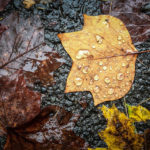
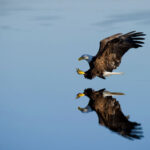
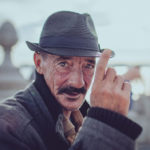
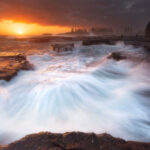
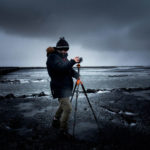
Leave a Reply